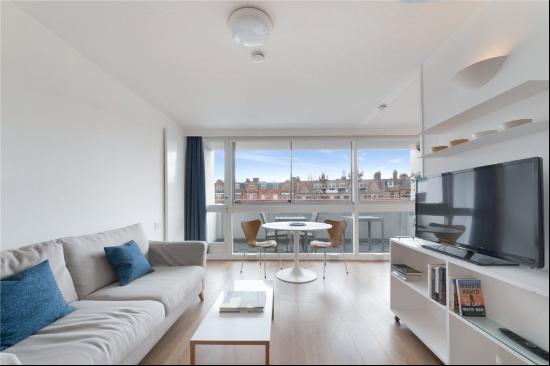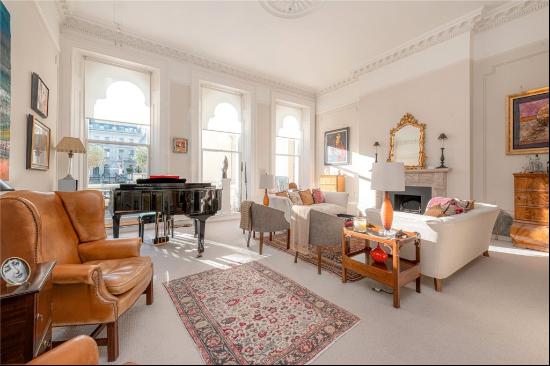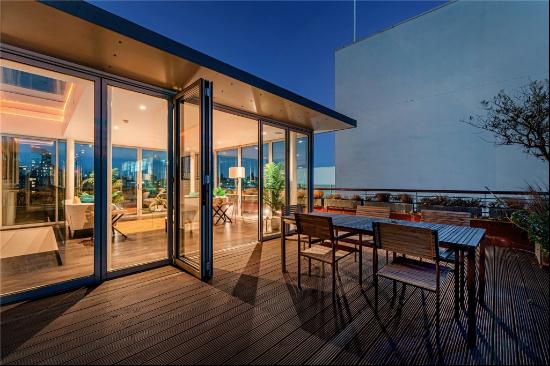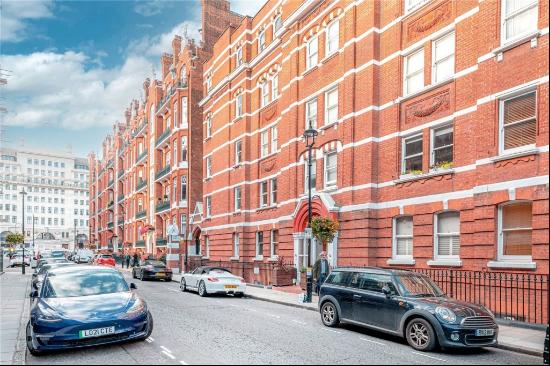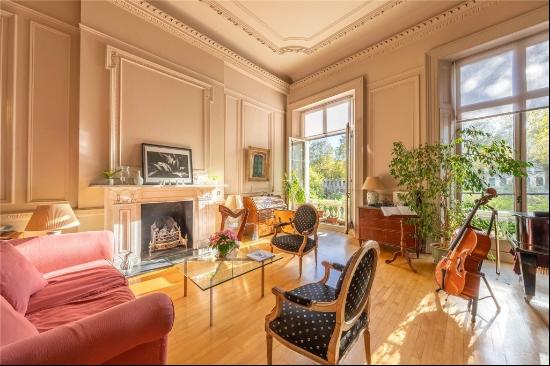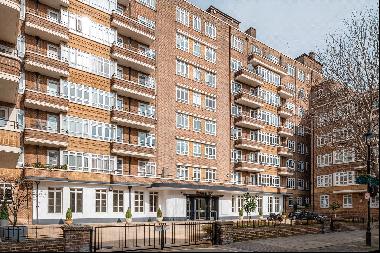
By Alice Palmer
My work trips to India from my base in the UK are always a feast for the eyes. Recently, I visited Villa Palladio Jaipur, a nine-room boutique hotel flooded with patterns of pink and red. Newly renovated by Barbara Miolini and Marie-Anne Oudejans and inspired by the vibrant culture and heritage of Rajasthan, it is unashamedly maximalist.
Such a palette could be overwhelming but here it is balanced with just the right amount of contrasting floral and geometric patterns, rendered in white and turquoise on an abundance of different surfaces.
I like to adopt a similar philosophy when decorating spaces. A scheme that uses a limited number of colours may sound like it could be overpowering, but you’ll find that colours come alive when you play with different textures: think painted walls and embroidered fabrics paired with glossy tiles and woven rugs. Different surfaces absorb and refract light differently, and the use of colour and texture is a wonderful way to change the feeling of a room without having to make huge structural changes.
Here, I share my tips on how to use colour and texture to add character to a room, using the example of this seven-bedroom villa in Marrakesh, which is on the market for €4mn.

Layer tones and patterns
I love this property’s India yellow walls, but I would take it a step further by painting wide yellow stripes overhead. Ceilings are often overlooked and adding stripes would be an easy way to make a statement with what is otherwise just a blank expanse of white, bringing the room together and adding grandeur.
I would then add this vintage Moroccan lantern to punctuate the room with another, slightly deeper, touch of amber yellow. At night, this would cast a warm and inviting light, and accentuate the vibrant yellow. Monochromatic rooms tend to look flat or washed out unless you have different materials and textures, so don’t be afraid to get creative.

Make a statement with your sofa
Apart from being convivial and cosy, the sofa is an opportunity to bring in pattern and colour and ground the space. If you have used bold colours in the rest of the room, consider a floral sofa to add character. When thinking about the pattern, try to choose one that is strong but timeless. Here, I think this Soane Tuileries sofa would bring in a wonderful softness with its traditional French style and pleats.
More is more when it comes to textiles and soft furnishings and I would add in a selection of cushions — striped, embroidered and plain, to shake up the floral pattern.

Accentuate the woodwork
Skirting, cornicing, windows and door frames are other often overlooked opportunities to add colour. Using contrasting tones on these areas can make a significant impact and truly transform a space. I would paint this room’s heavy wooden features with Little Greene’s Celestial Blue (upper part of the wall in the picture below) to accentuate their original details and brighten the space. To add more of a modern touch, you could always consider glossy paint.

Think about reflection
Reflective surfaces can help create a more interesting, layered experience, especially when combined with soft or matt textures. I would replace the rather solid brown coffee table with this bright lacquered piece by The Lacquer Company, which will contrast with the matt walls and soft cushions.

Pay attention to what is underfoot
A big rug is a lovely way to anchor your furniture and create a sense of space. In a room that has lots of colour and pattern, I would opt for a rug made from natural fibres to ground the room. This jute rug by Nordic Knots would act as a great neutral canvas to tie all of the patterns and colours of the room together, while the cross detailing echoes the wooden fretwork on the French doors.

Photography: Kristy Noble; Knight Frank







